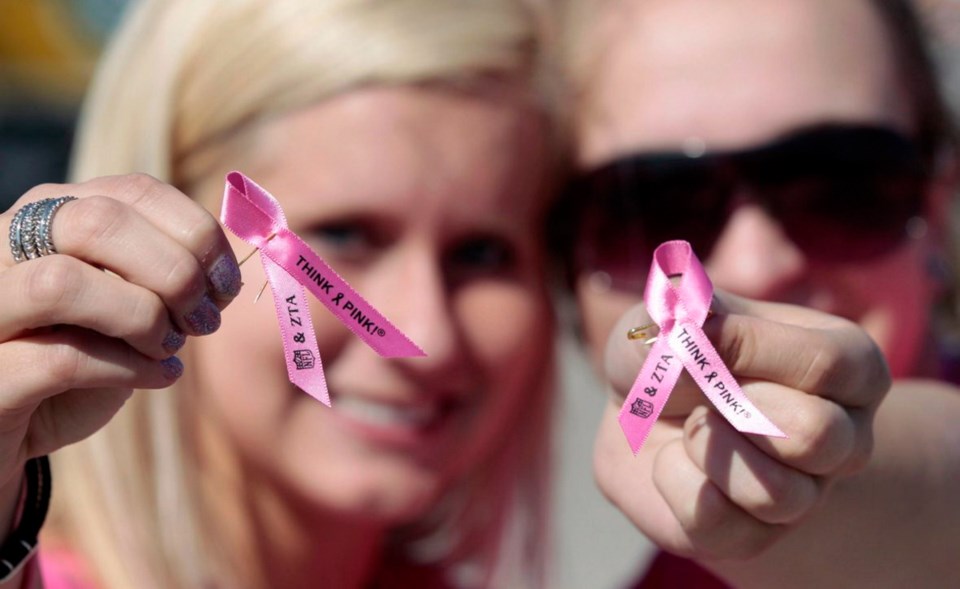Nearly 25 years since the red ribbon became the global symbol of AIDS awareness, countless other organizations have followed the rainbow in highlighting their causes through colour.
Pink ribbons for breast cancer awareness and white ribbons in support of anti-violence also emerged in the 1990s and became internationally recognized symbols.
But as the years have progressed, awareness ribbon campaigns have expanded into the dozens, with every shade in the colour wheel linked to multiple movements.
For instance, purple ribbons are affiliated with several different health conditions, including Alzheimer’s disease, cystic fibrosis, epilepsy, lupus and pancreatic and thyroid cancers.
While completing her book Ribbon Culture: Charity, Compassion and Public Awareness, author Sarah Moore said she realized “the saturation point had been reached” for awareness ribbons.
“I started talking to younger people who had perhaps come to ribbons a little later and haven’t necessarily witnessed the rise of the red ribbon and pink ribbon in the early ’90s. And these things had become pretty fully fashion accessories,” said Moore, a sociology lecturer at the University of Bath.
“It was really striking the fact that a really significant number of people ... couldn’t actually tell me the cause that their ribbon related to,” she added.
“They were more likely to be able to remember where they bought it than the cause it represented — and that was extraordinary.... I think it’s problematic. It’s a crowded marketplace now if you’re launching a ribbon.”
White Ribbon communications manager Clay Jones said the namesake symbol is a vital, visible tool for the organization, which promotes gender equality and ending violence against women and girls.
Jones said individuals are encouraged to make and sell their own white ribbons to donate funds to a women’s shelter or a local anti-violence organization. They can also be purchased from White Ribbon for 20 cents apiece as a way to help fund educational materials for the organization, he added.
“I think getting the message out that way, it’s a bit more passive, but it’s definitely worth it,” Jones said of the white ribbon.
Still, he acknowledged that the organization is aware the market is “saturated with ribbon campaigns.”
“We’re keeping the name because of the equity and stock in it; but just passing out ribbons is just one small piece of what we actually do.”
MJ DeCoteau is founder and executive director at Rethink Breast Cancer, which targets a younger audience in an effort to raise awareness about the disease.
DeCoteau said both the pink hue and the ribbon have been helpful as an “instant way to communicate” the cause, but noted that additional efforts — such as the use of social media and videos on YouTube — are critical in helping to effect change.
“It’s not just all been solved by putting on a pink ribbon and feeling like: ’I’m raising awareness, I’m engaged in the cause.’ It’s a passive way of being engaged,” she said.
“It’s a helpful signifier, but it’s really important that we don’t allow our society to get complacent and think that raising awareness is enough. We need to take action. We need to educate and empower people.”



